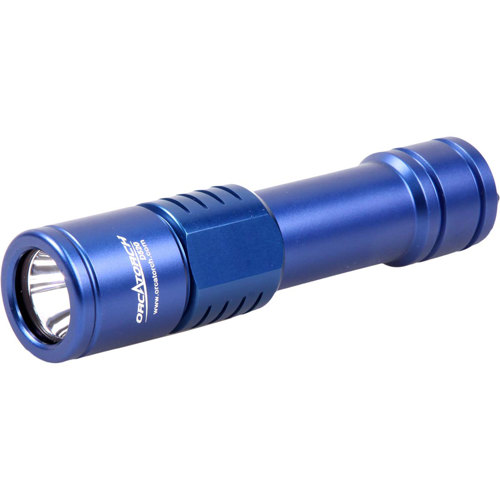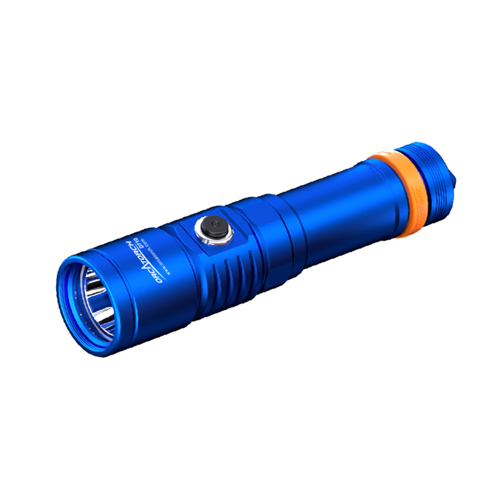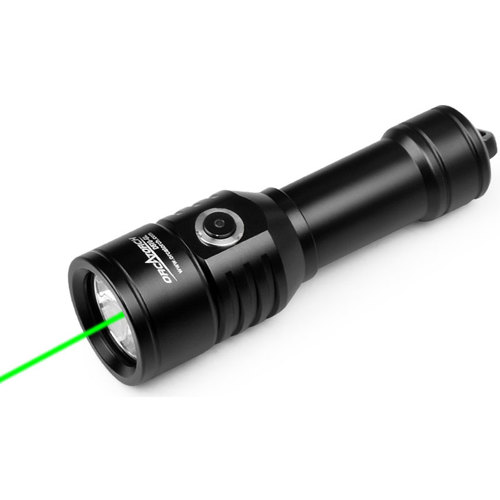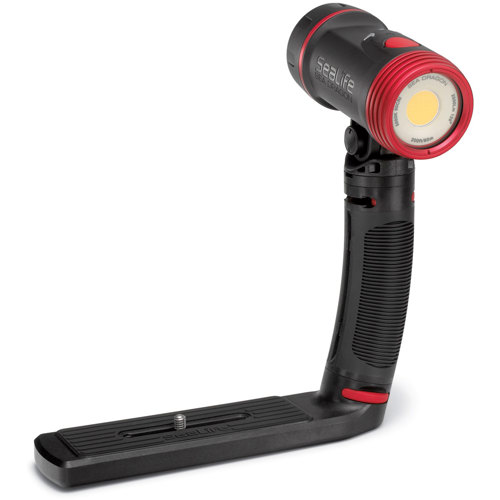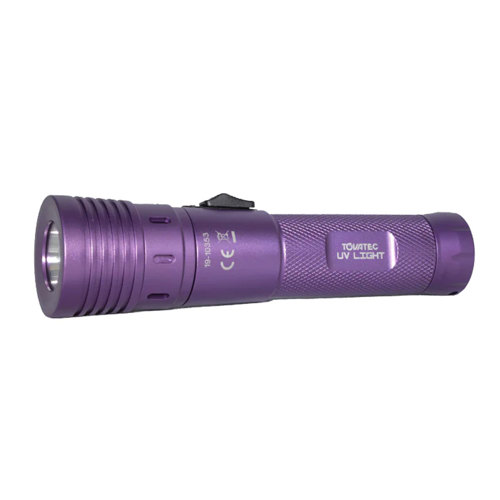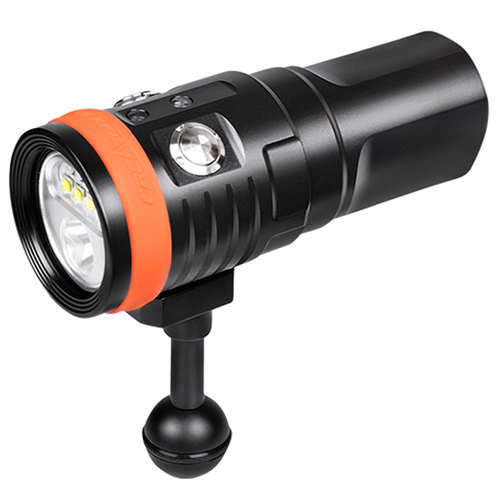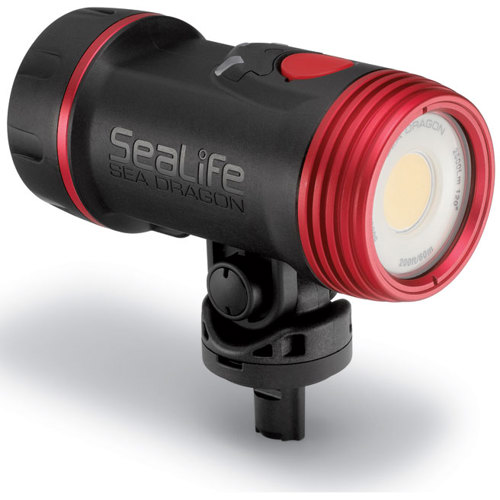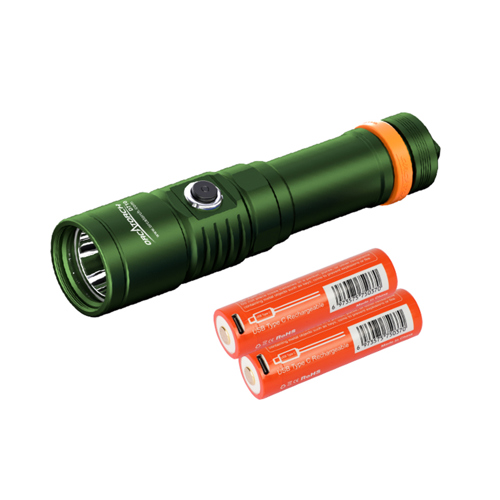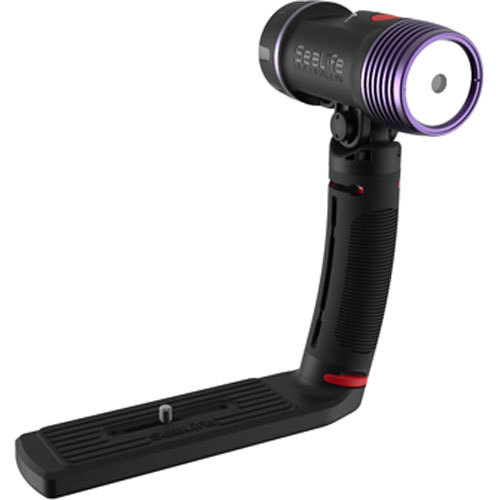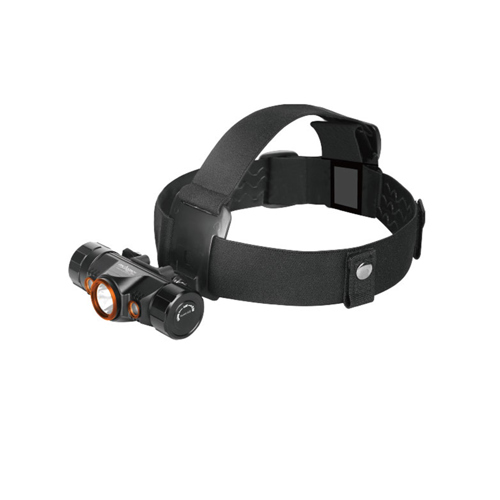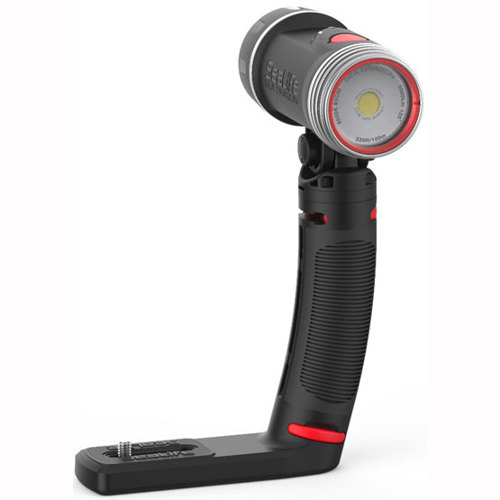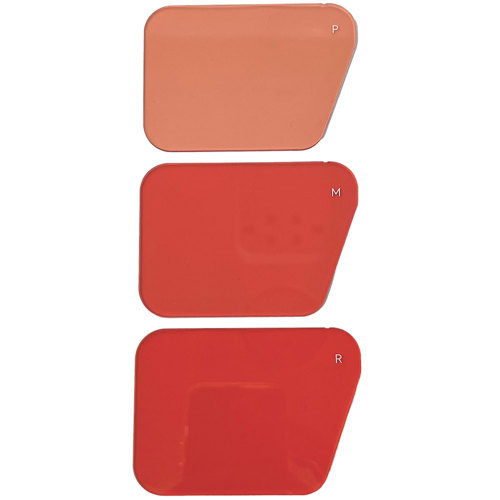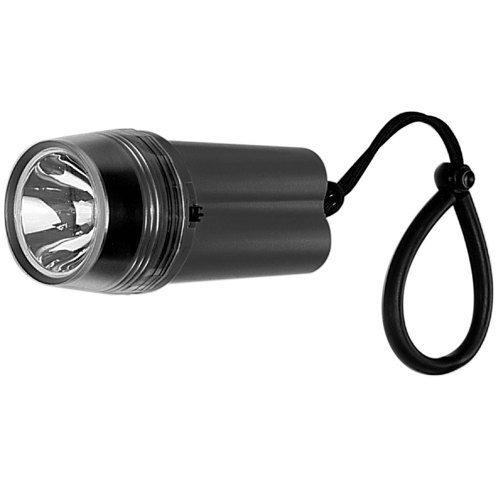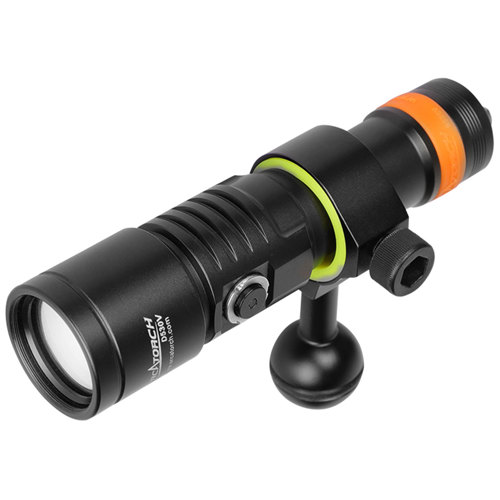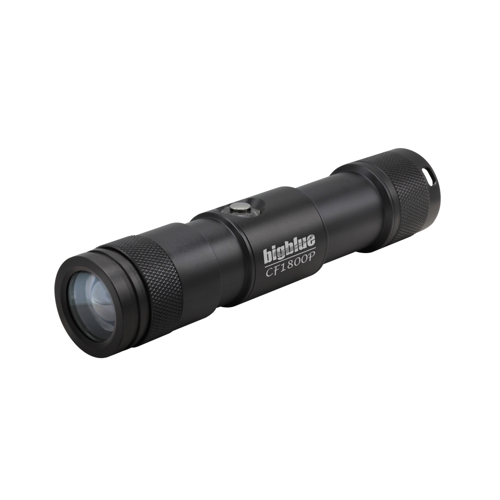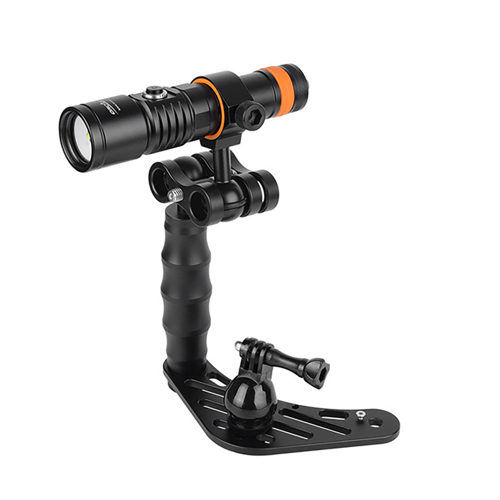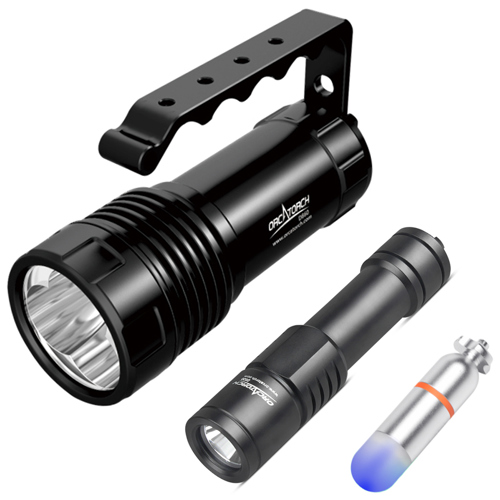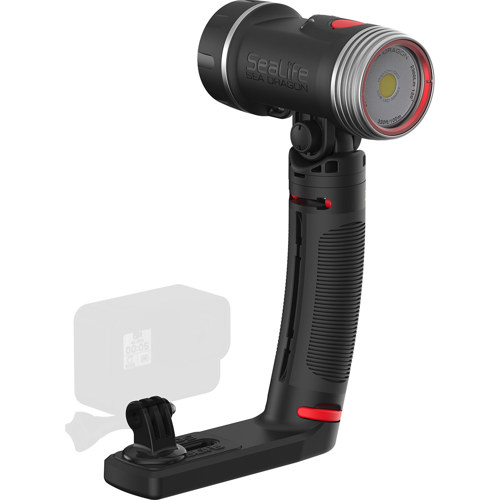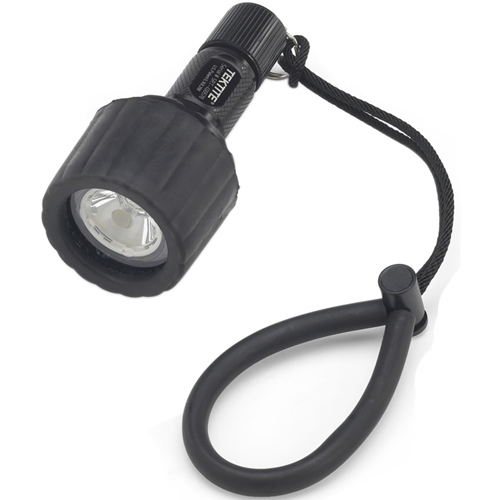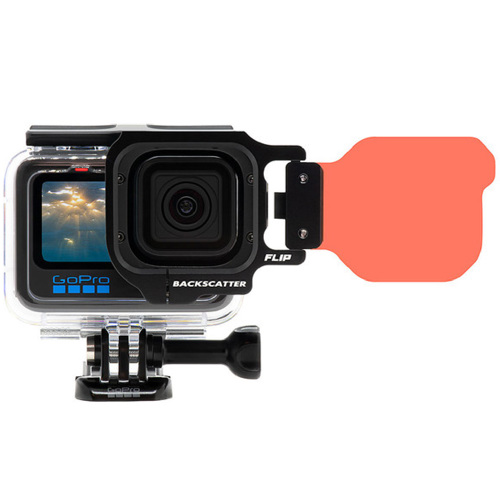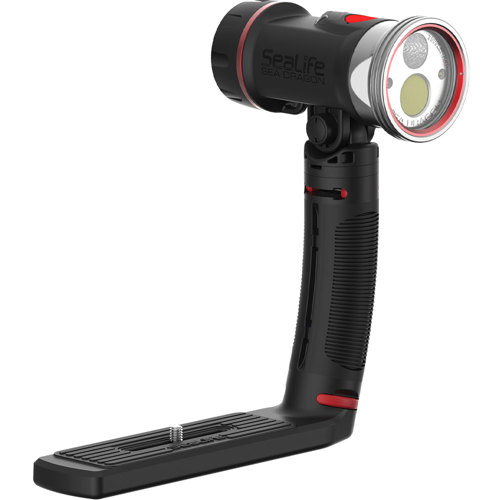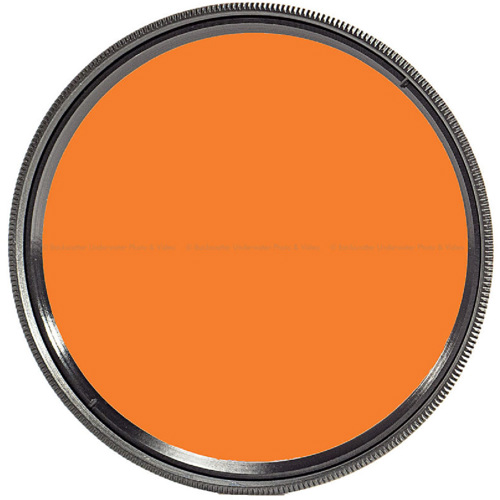Diving beneath the surface, whether it’s a vibrant coral reef in the tropics or a mysterious kelp forest along the coast, reveals a world that’s both breathtaking and challenging to capture accurately on camera. As any underwater photographer or videographer knows, the ocean’s natural beauty often gets lost in translation due to the way water absorbs and scatters light. Reds and oranges fade first, leaving scenes bathed in blue and green hues that can make even the most colorful fish or coral look muted. Color correction dive lights are designed specifically to counteract these effects, restoring the vivid reds, yellows, and oranges that vanish with depth. These lights are not just for professional photographers; they’re invaluable for recreational divers who want to document their adventures with true-to-life color, marine biologists conducting field research, and even snorkelers exploring shallow reefs. As autumn approaches and water temperatures start to cool in many regions, visibility can improve, making this an ideal season to capture crystal-clear images. Whether you’re gearing up for a late-season dive trip or searching for a thoughtful gift for the underwater explorer in your life, a color correction dive light is a tool that transforms the way you see and record the underwater world.
Selecting the right color correction dive light involves considering a range of factors tailored to your diving style and the environments you frequent. Lumens, which measure the brightness of a light, play a crucial role—while 500 to 1,500 lumens might be perfect for recreational dives in clear waters, deeper or more turbid conditions may call for 2,000 lumens or more to properly illuminate your subject. Beam angle is another key element; a wide angle (100-120 degrees) is ideal for video work or illuminating broad scenes, while a narrow beam excels at highlighting distant creatures or cutting through murky water. The color temperature of the light, often adjustable in higher-end models, allows you to fine-tune the warmth of your lighting to match the ambient conditions and your camera’s settings. Many divers also appreciate lights with interchangeable filters—red or magenta filters, for example, can be swapped out based on depth and water conditions to maximize color restoration. Durability is essential, as these lights must withstand the pressure of deep dives, the corrosive effects of saltwater, and the occasional bump against rocks or gear. Burn time should also be factored in, especially for those planning extended dives or back-to-back excursions. For those interested in exploring the full range of color correction options, including specialized filters that can be paired with dive lights for even more precise control over your underwater imagery, the
Diving Light Filters page offers a comprehensive look at what’s available.
Color correction dive lights are more than just a technical accessory—they’re a gateway to experiencing the underwater world in all its natural brilliance. Imagine descending onto a reef at dusk, the last rays of sunlight fading, and switching on your dive light to reveal the true colors of swaying anemones and darting parrotfish. Or picture surprising a loved one with a gift that elevates their underwater photography, enabling them to bring home images and videos that do justice to the places they’ve explored. These lights are equally valuable for night dives, where artificial lighting is the only way to see the marine life that emerges after dark, and for documenting scientific surveys where accurate color representation is critical. With the right color correction dive light, every dive becomes an opportunity to rediscover familiar sites and uncover hidden details, making each underwater journey richer and more memorable. Whether you’re upgrading your own kit or searching for a gift that will be appreciated for years to come, a color correction dive light is an essential companion for anyone passionate about exploring and sharing the wonders of the underwater world.

